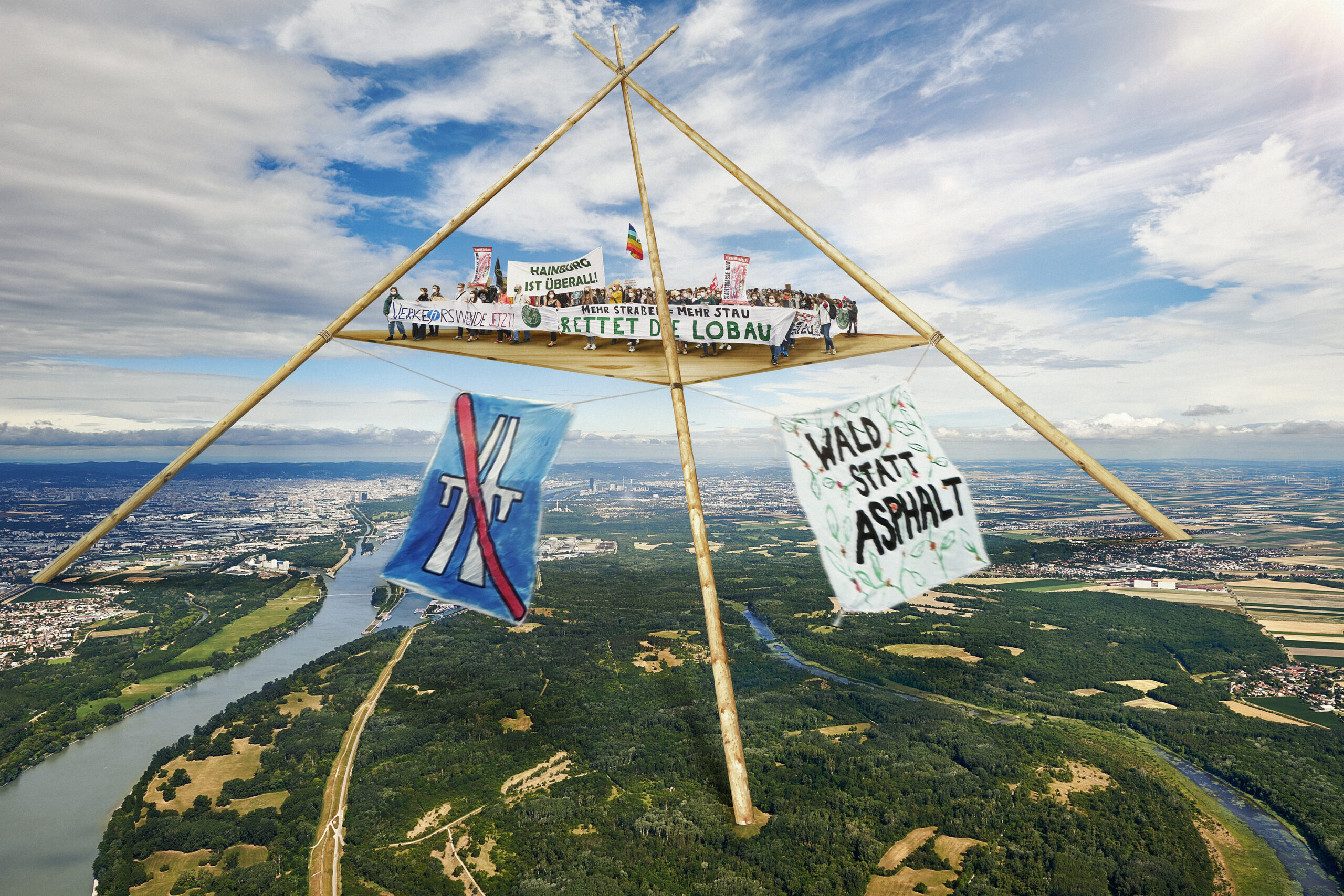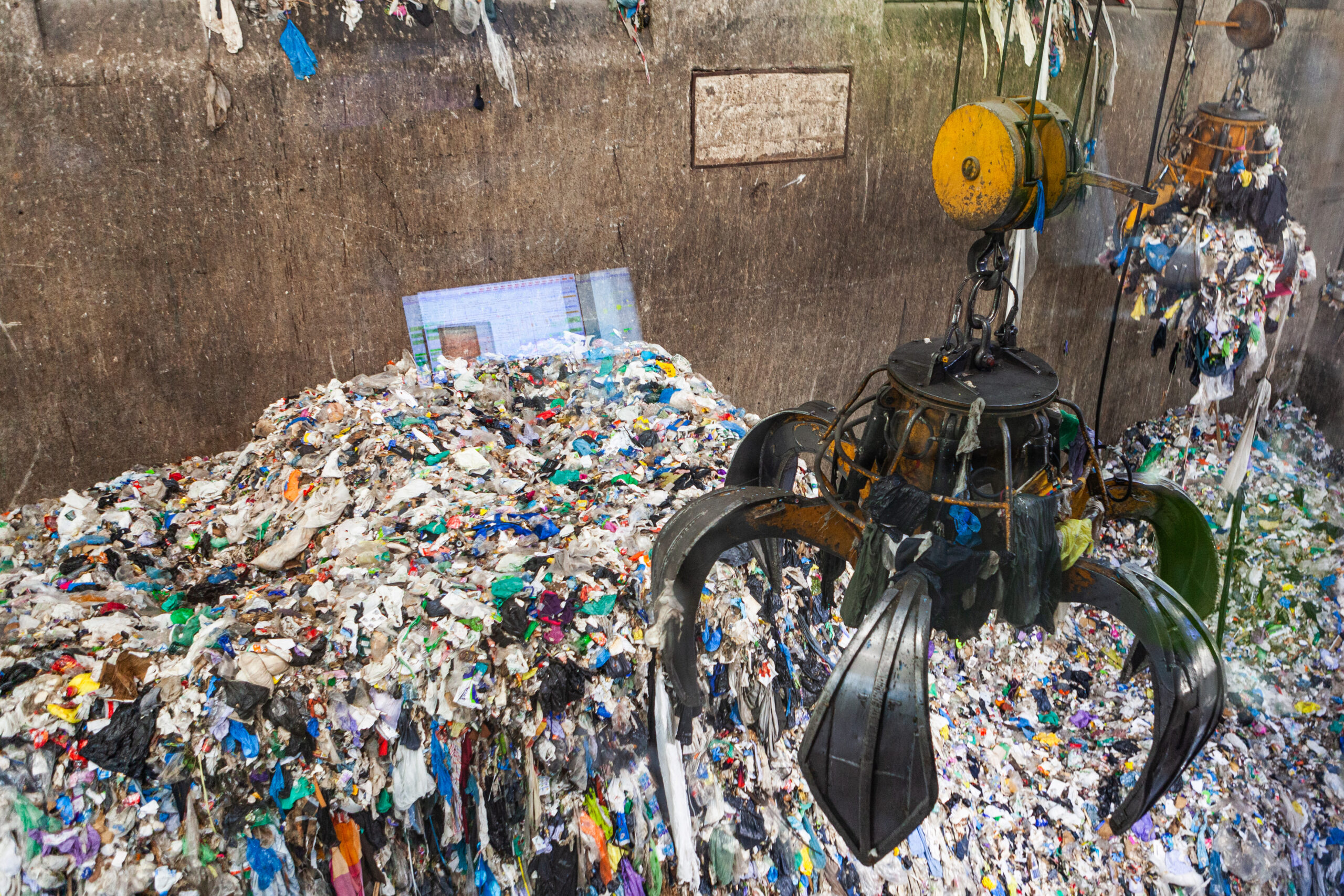Petrocultures: Oil, Politics, Culture is a book edited by Sheena Wilson, Adam Carlson and Imre Szeman that increases the scope of the Energy Humanities and, throught its multidisciplinary effort and a broad array of historical, geographical, and literary study, serves to consolidate the significance of this field of research. This extensive book examines a barrel of oil from practically every perspective available, from its infrastructural network to its complex material substance, from the aesthetic concerns to the philosophical dilemma. Taking oil as the foundation of modern life, these essays demonstrates how oil’s broad network of social narratives, as well as the fossil fuel extractive technologies and circulation, shape global behaviors, desires and imaginaries, while they also offer new insights on the cultural ecologies oil has triggered.
Petrocultures: Oil, Politics, Culture
Related Posts

Seminar: “Militant Ecotopias”
In recent years, we have witnessed a resurgence of interest in ecological utopias within social movements, artistic spaces, intellectual circles, and society in general. This search for ways to integrate the promises of a better world within planetary limits is valuable in itself, and at the same time historically significant: it reveals that environmentalism demands…

Permanent Seminar “Images (of Art) and Political Ecology”. IX Session: “Water, energy and dispossession in the imaginaries of the Francoist hydromodernity”, with Carmen Martín-Luquero.
Source: Fernando López Heptener, La presa de Aldeadávila, 1963, available at: https://www.youtube.com/watch?v=-X_yduTT1EQ. Spain is one of the countries with the largest number of dams, about 1,200. Many were built during Franco’s dictatorship as part of his emblematic hydraulic policy, aimed at addressing post-war social, economic, and energy crises. Aside from the failed autarkic economic project, this…

Permanent Seminar “Images (of Art) and Political Ecology”. VIII Session: “Energy Aesthetics. Alternatives to the Fossil and Social Footprint of Cement”, with Elena Lavellés
Photograph: Elena Lavellés. Cranes at the Valdemingómez landfill. Documentation visit 2024. The limits of nature are dissolved under layers of cement, CO2 emitted into the atmosphere and waste produced from the activity of human beings. This overview leads us to a new vision that exceeds our capacity of comprehension and places us on the edge…

